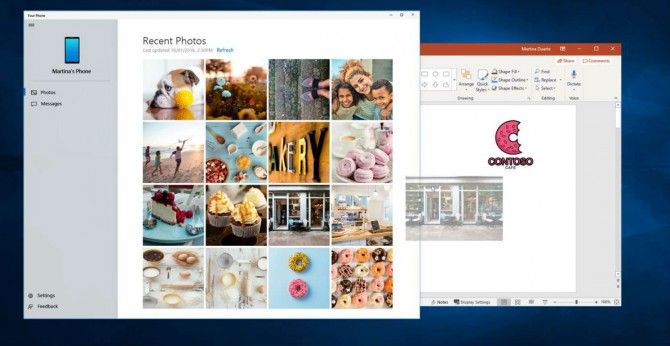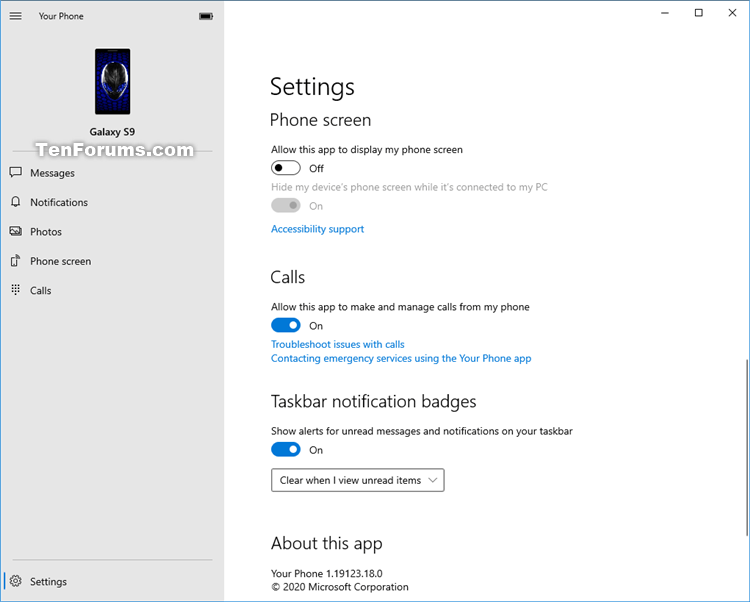


Under the “Projecting to this PC” section, specify your projection settings as you prefer.Go to “Settings” and search for “Projection Settings.”.Once the download is complete, you should see the package listed under “Installed features.”.Check the box against the “Wireless Display” option and click “Next.”.
 Open the “Optional features” menu and click the “View features” button. From the left sidebar, click on “Apps.”. Now that you have verified that your computer is Miracast-enabled, the next step is to enable the “Wireless Display” feature because it isn’t enabled by default. Open the file you’ve just saved, and check that the Miracast section is marked as “Available.”. In the window that comes up, click on “Save All Information” and save the file with a “.txt” extension. In the text field, type in “dxdiag” and press the “OK” button. Joe brings that same passion to How-To Geek. If something piques his interest, he will dive into it headfirst and try to learn as much as possible. Outside of technology, Joe is an avid DIYer, runner, and food enthusiast. After several years of jailbreaking and heavily modifying an iPod Touch, he moved on to his first smartphone, the HTC DROID Eris. He got his start in the industry covering Windows Phone on a small blog, and later moved to Phandroid where he covered Android news, reviewed devices, wrote tutorials, created YouTube videos, and hosted a podcast.įrom smartphones to Bluetooth earbuds to Z-Wave switches, Joe is interested in all kinds of technology. He has written thousands of articles, hundreds of tutorials, and dozens of reviews.īefore joining How-To Geek, Joe worked at XDA-Developers as Managing Editor and covered news from the Google ecosystem.
Open the “Optional features” menu and click the “View features” button. From the left sidebar, click on “Apps.”. Now that you have verified that your computer is Miracast-enabled, the next step is to enable the “Wireless Display” feature because it isn’t enabled by default. Open the file you’ve just saved, and check that the Miracast section is marked as “Available.”. In the window that comes up, click on “Save All Information” and save the file with a “.txt” extension. In the text field, type in “dxdiag” and press the “OK” button. Joe brings that same passion to How-To Geek. If something piques his interest, he will dive into it headfirst and try to learn as much as possible. Outside of technology, Joe is an avid DIYer, runner, and food enthusiast. After several years of jailbreaking and heavily modifying an iPod Touch, he moved on to his first smartphone, the HTC DROID Eris. He got his start in the industry covering Windows Phone on a small blog, and later moved to Phandroid where he covered Android news, reviewed devices, wrote tutorials, created YouTube videos, and hosted a podcast.įrom smartphones to Bluetooth earbuds to Z-Wave switches, Joe is interested in all kinds of technology. He has written thousands of articles, hundreds of tutorials, and dozens of reviews.īefore joining How-To Geek, Joe worked at XDA-Developers as Managing Editor and covered news from the Google ecosystem. 
Joe loves all things technology and is also an avid DIYer at heart. He has been covering Android and the rest of the Google ecosystem for years, reviewing devices, hosting podcasts, filming videos, and writing tutorials. Joe Fedewa has been writing about technology for over a decade.








 0 kommentar(er)
0 kommentar(er)
